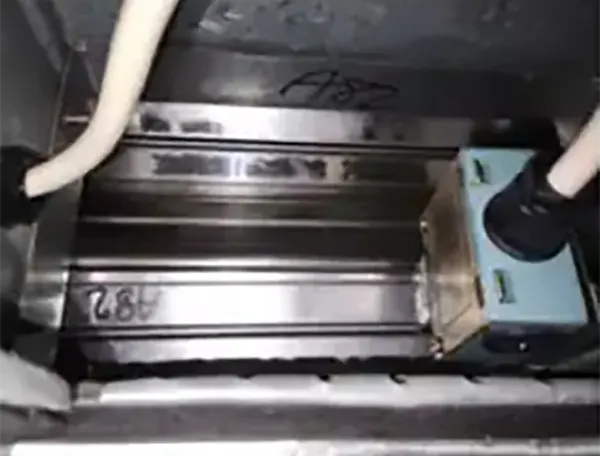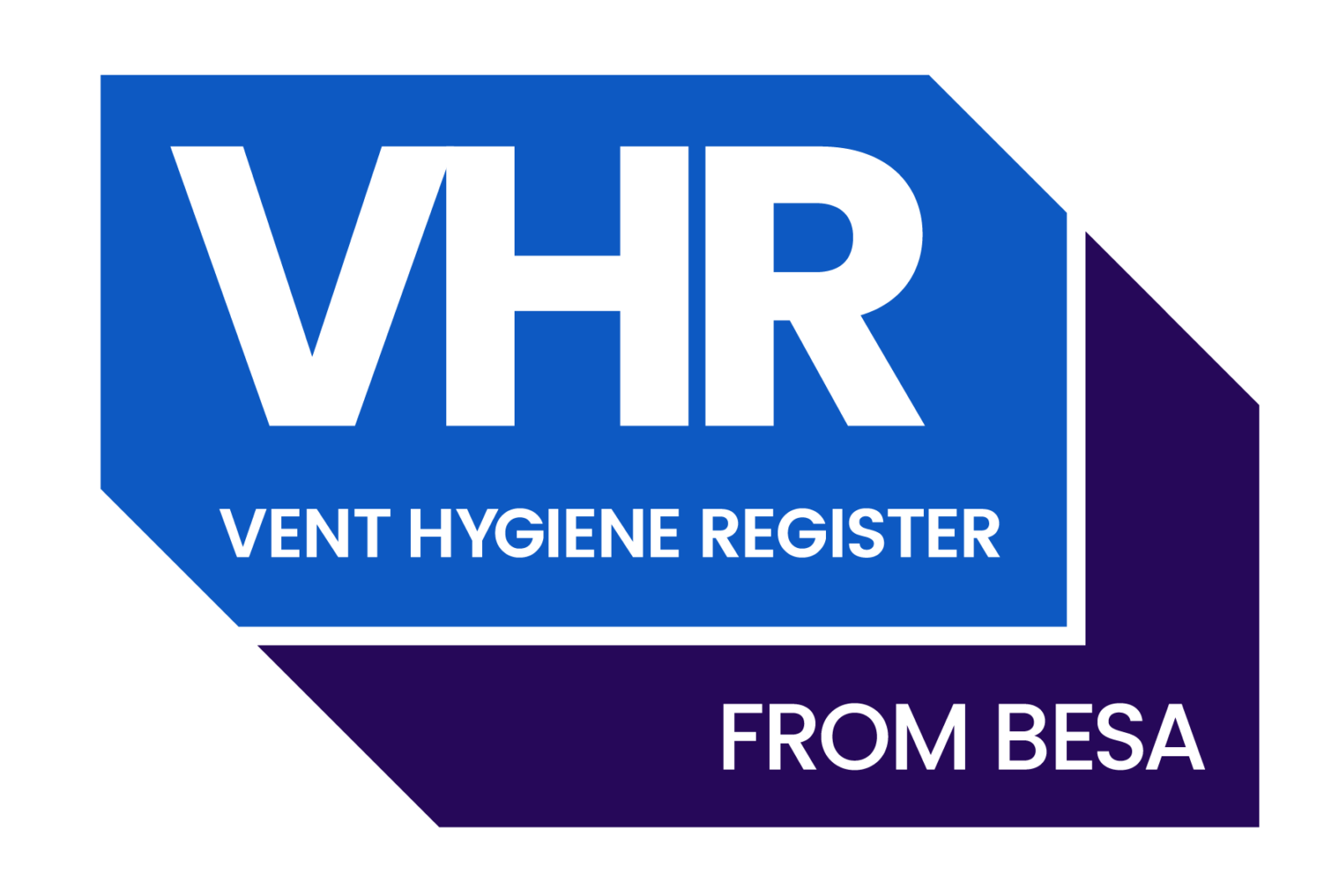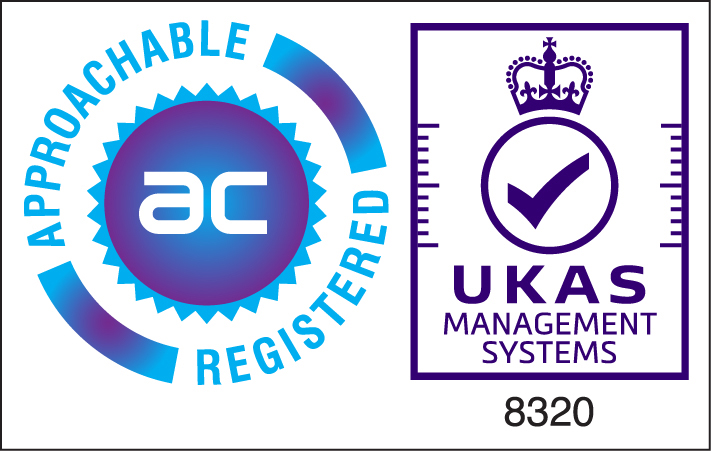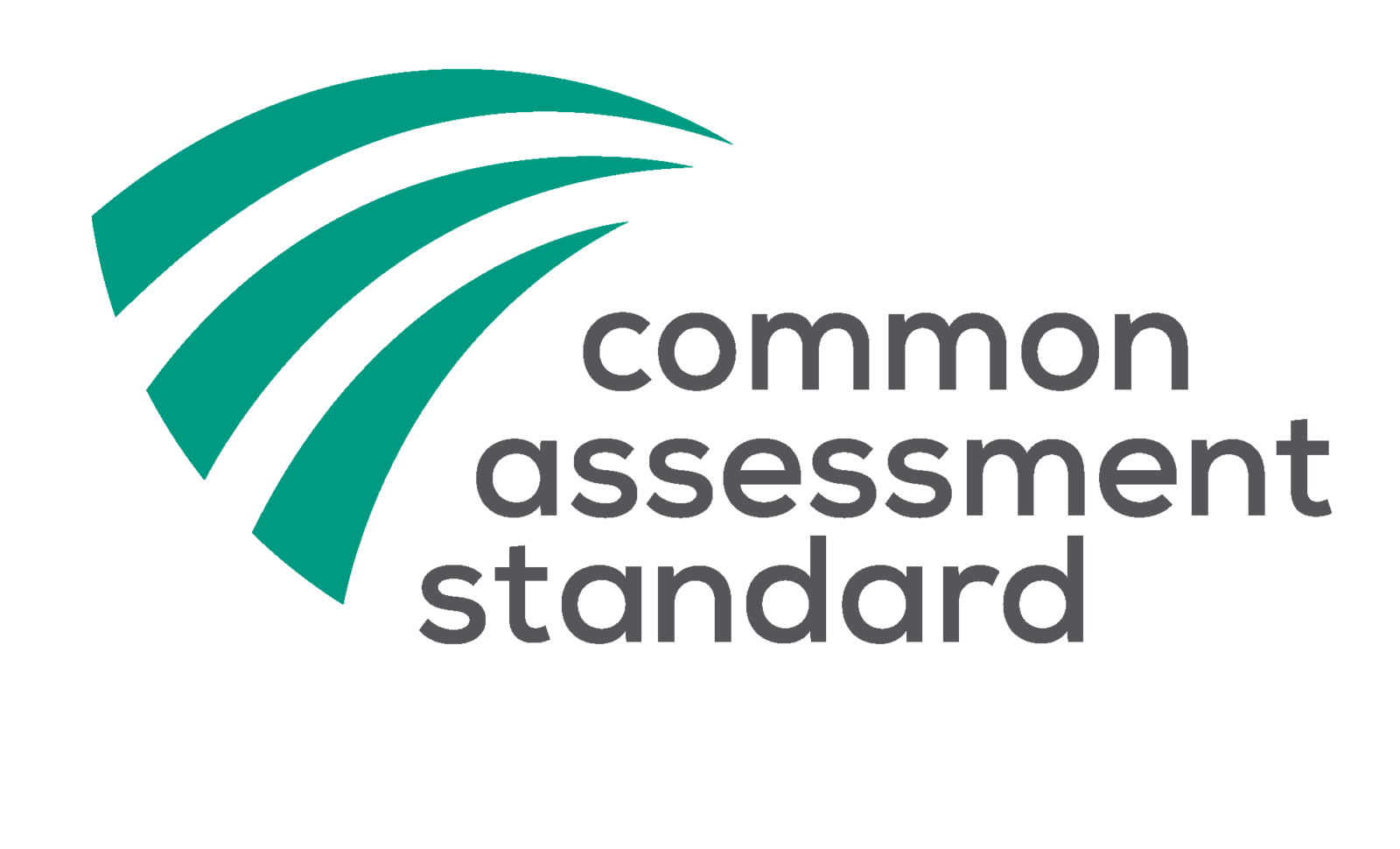Simply installing fire safety equipment in buildings is not enough to meet both your moral and legislative obligations. To be 100% certain of keeping the occupants safe, it is vital that crucial systems work and it is very much like an extension of a Fire Alarm test practice session where procedures are regularly evaluated and updated.
This includes assigning resources to check the proper placement and satisfactory operation of all of the fire dampers.
Clearly, if you discover one is malfunctioning or improperly situated during a crisis, it’s too late. In the same way ,for example, that a fire drill highlights that no-one in the basement workshop left the building for the fire drill because they could not hear it, a damper that doesn’t close on test is a disaster waiting to happen.
You have allowed fire, smoke and heat to travel around your heating, ventilation and air conditioning ductwork , and hence the building, thus endangering life and increasing the risk of extensive structural and stock damage.
This article drills down on recommendations for fire damper testing frequency. It also outlines what’s involved in fire damper testing and the reasons why it’s important to stick to the schedule.
The background to frequent fire damper testing
The 2019/20 Fire and Rescue Incident Statistics published by the Government throw up a crucial discrepancy that sheds more light on why regular equipment inspections are so vital.
In that 12-month period, the number of fires (163,039) attended in the UK was down 10% when compared to the previous year. This suggests that awareness about fire risks, and measures to avoid ignition in homes and workplaces, have had a positive effect.
However, in that same timeframe, the number of fatalities from fires in the UK increased by 9%.
This suggests that controlling fires once they begin is still a serious issue.
When this alarming statistic came to light in the Incident statistics, the Chair of the National Fire Chiefs Council – Roy Wilsher said: “I have made it clear that fire services are facing huge challenges when it comes to the built environment”.
“This was abundantly clear from evidence given during the opening days of the second phase on the Grenfell Tower Inquiry. While fire and rescue services are doing all they can to minimise risk, two decades of building safety failure is not their responsibility to fix.”
He went on to demand a renewed emphasis on “vitally important prevention activities”, which of course includes building owners and facility managers having fire dampers inspected thoroughly and regularly.
It is every building owner and manager’s responsibility to ensure that everything possible is done to reduce the opportunities for fire and smoke to spread, at a pace that outstrips the speed of response, including a safe exit from the building.
What is meant by fire damper testing?
Before going on to discuss fire damper testing frequency, it’s important to outline what this assessment process entails.
Your obligations to fit and regularly test fire dampers in your heating, ventilation and air conditioning ductwork is enshrined in the BS 9999 Code of Practice for Fire Safety in the Design & Use of Buildings.
Your duties start when installing this vital safety equipment at well thought out and well-spaced intervals in your HVAC systems.
This can be any one of the various types of fire dampers available, including ones that operate automatically, the programmable ones and dampers that rely on thermal elements to trigger closure, as long as they are fit for purpose and strategically located.
Having a detailed locational map of these is part and parcel of proving compliance to fire damper regulations.
Once installed, you must be able to show evidence that these safety devices have been tested properly.
This is then followed by regular inspections and exercises to measure they are properly functioning. Plus, clear evidence that after each test they are properly reset and ready for action!
All activities related to fire damper inspections and tests need to be thoroughly documented. To prove compliance, photographic evidence can support the detailed data you collect.
The UK Building Fire Safety Regulations are also clear that if you do identify a problem during regular fire damper tests, then the remedial work has to be done immediately.
This can be where things get problematic if you are not subcontracting fire damper testing to a specialist. Having expertise available ensures that you have the level of information – and image data needed to not only prove correct assessment, but also that you have taken on board the necessity to problem-solve and remedy faults swiftly.
Fire damper testing frequency
Your Duty of Care regarding what your fire damper testing involves is unforgiving; but how often do you need to go through this process? Well, BS999:2017 requires that you follow the steps involved in checking your fire dampers annually as a minimum.
However, what many employers don’t appreciate is that their duties to test this vital equipment become heavier under certain circumstances.
For example, fire damper testing frequency should increase for ductwork in locations likely to gather dust (like extract ducts in high traffic areas for example) or where the mechanism may need to be regularly lubricated. Also, in situations where foreign objects could detract from the efficiency of your fire damper.
It is commercial common sense to test older models more regularly and also to be alert for the first signs of corrosion for instance.
Commissioning a thorough inspection and test would also be vital if you have reason to think equipment has been displaced or altered due to impact or refurbishment changes to your ventilation ductwork, and definitely if your fire dampers have recently seen live action!
Adhering to fire damper testing schedules
In meeting your obligations on building safety, you must have regularly updated asset records and these must include all the locations of fire dampers in your ductwork systems. Matching this with comprehensive CAD or drawings data and images that that prove the drop and reset capability of each asset is hyper-critical.
Ventilation Surveys & Services Ltd can help you create a more thorough assessment of where your dampers are, and where new ones may be required. We can then keep you on track and compliant, with a systematic programme of fire damper testing, including focusing on locations most likely to experience problems.
The reports provided give you an action plan, allowing opportunities to make repairs and upgrades quickly.
Using our expertise and the latest technological equipment we can provide insights to support proper cleaning of your dampers , to optimise equipment function and to prolong the lifecycle of these vital safety devices too.
So speak to our fire experts and arrange your fire damper inspection, get in touch today.





Ventilation Surveys & Services, 305/307 Tower Street, Century Buildings – Brunswick Business Park, Liverpool, Merseyside, L3 4BJ
Company Registration Number 07411775
VAT – 997895709
© 2025 Ventilation Surveys & Services Limited | Website by Xanthos








